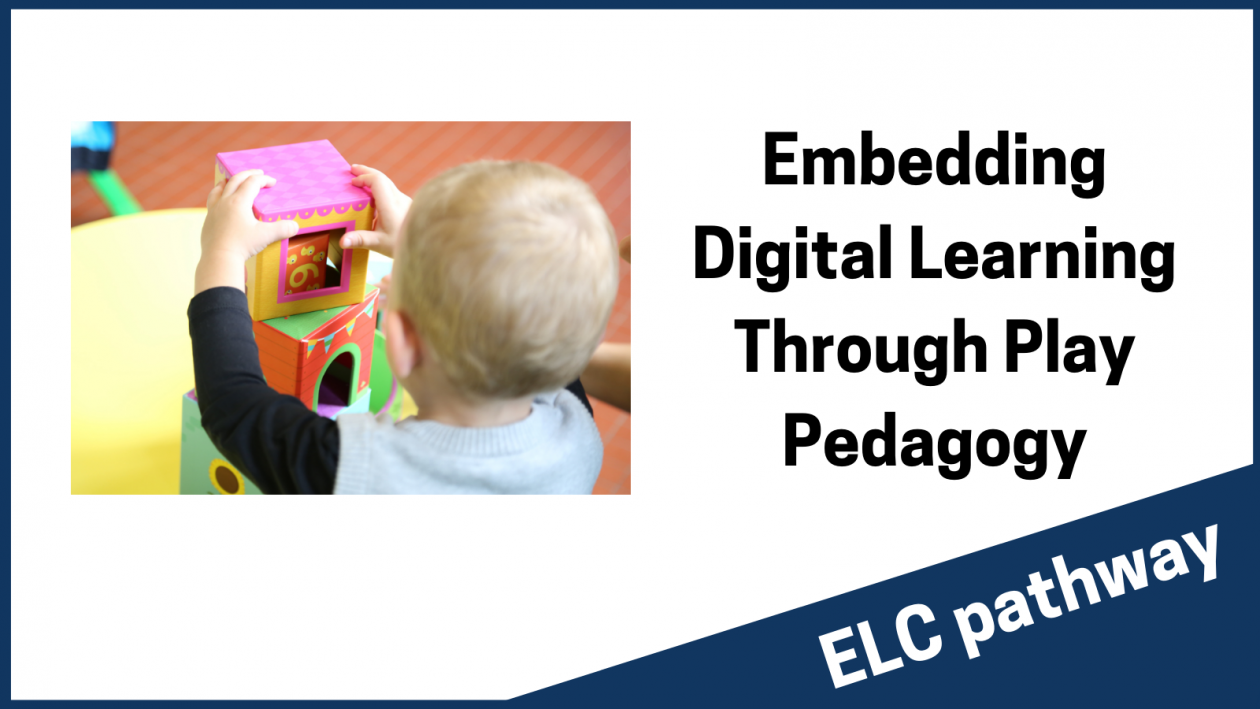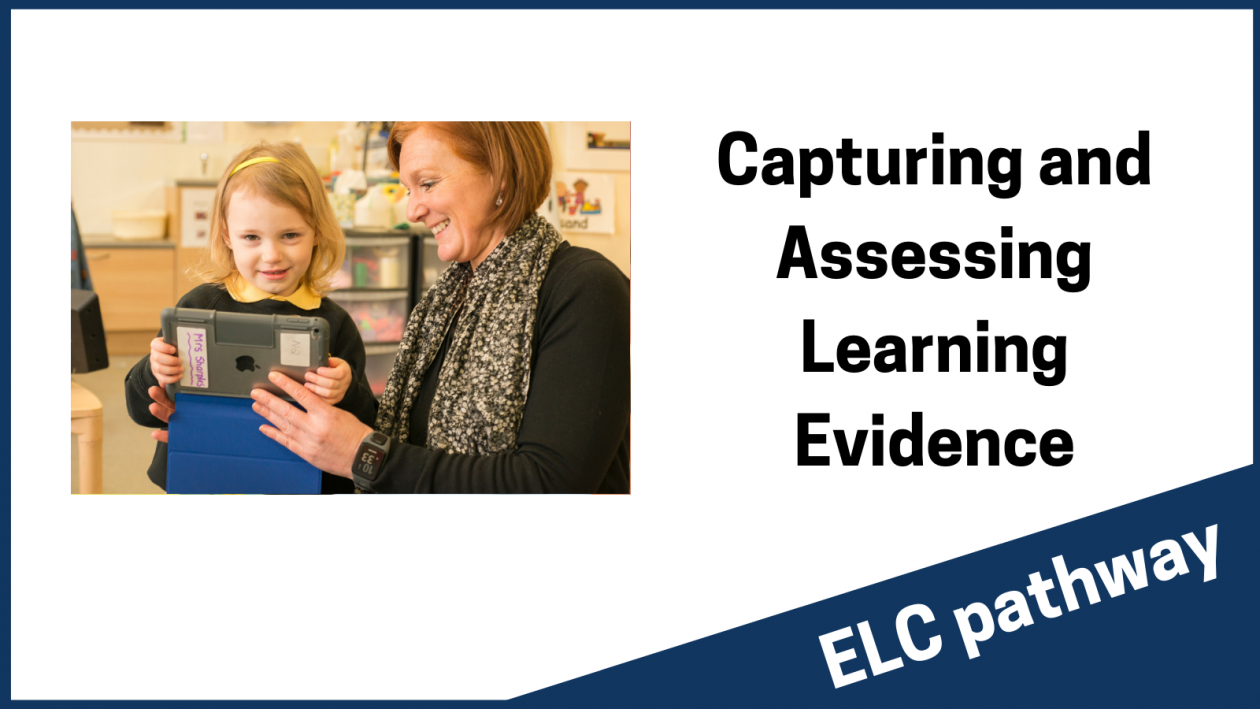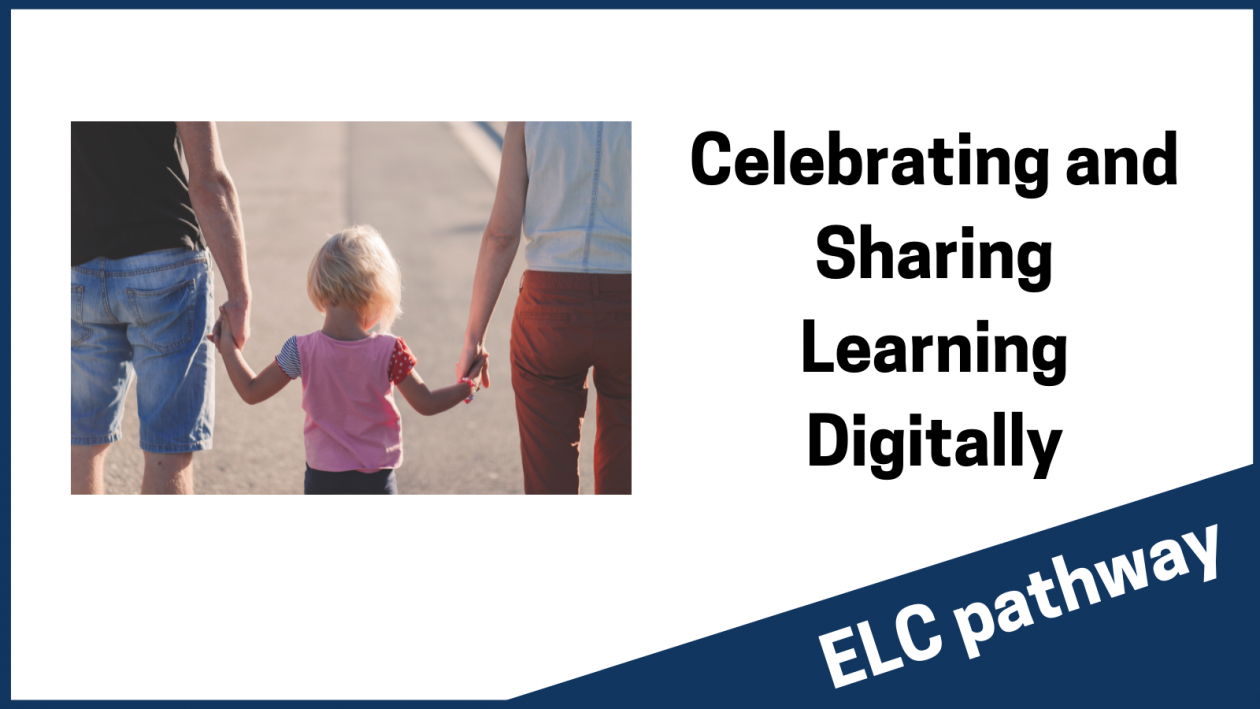This pathway provides an introduction to digital collaboration and communication, including support on the tools available and approaches to consider. It is a flexible ‘anytime, anywhere’ pathway allowing you to tailor your learning to your needs. There are also links to further professional learning pathways and our live webinars. The pathway is designed with SSSC standards in mind.

1. Getting Started with Workplace Tools for Collaboration
Microsoft Office 365 and Google Workspace are the two most commonly used platforms across Scotland that allow easier and more effective communication and collaboration between ELC staff teams. These platforms allow you to plan learning, update colleagues and attend events, at cluster, local and national levels. With more ELC practitioners working at different times throughout the day, making the most of these time saving tools can really help to improve workflow and decrease workload.
Cyber Resilience and Internet Safety
When planning to support children with positive online experiences you should start with the Digital Literacy experience and outcomes for cyber resilience and internet safety (CRIS).
Ensuring the cyber resilience and internet safety experience and outcome is embedded across settings is the responsibility of all practitioners. This Digital Literacy experience and outcome strongly links with the Health and Wellbeing curriculum and is a safeguarding and child protection responsibility for all practitioners. Key messages of Cyber Resilience and Internet Safety can and should be reinforced through everyday play experiences along with all other personal safety key messages.
2. Embedding Digital Literacy Through Play Pedagogy
Learning with and through digital technology opens so many possibilities for creativity. Realising the Ambition tells us that creativity is about much more that the expressive arts, it is the ability to wonder about things and see them or use them differently, a crucial element of STEM (science, technology, engineering and maths).






